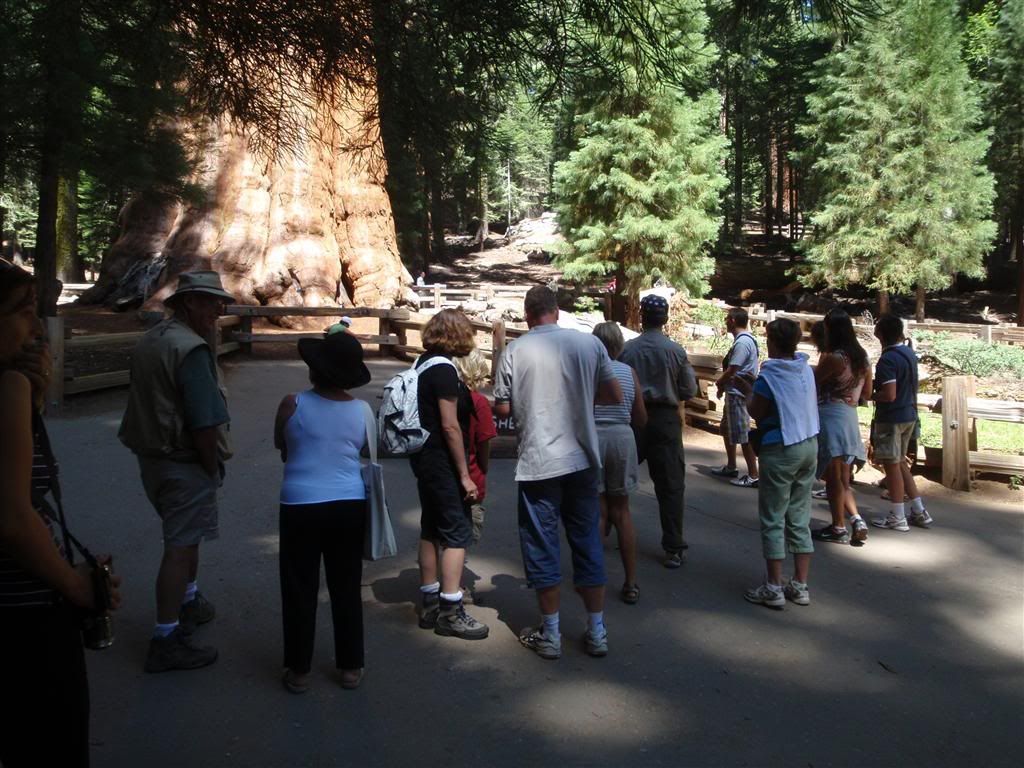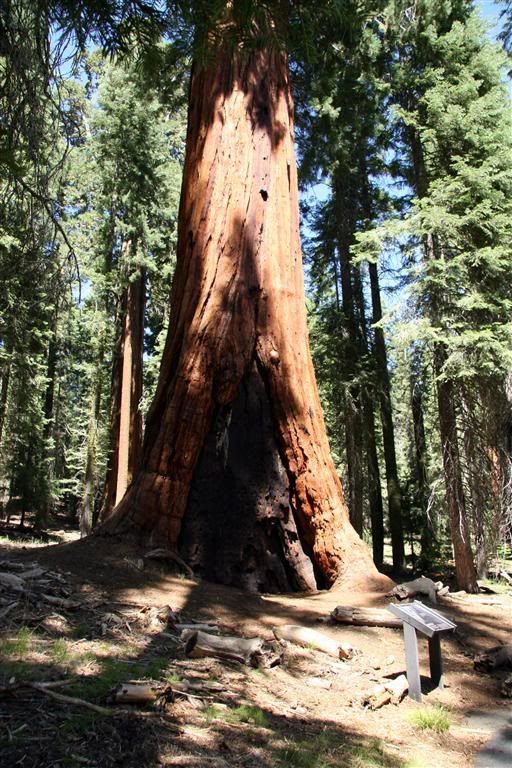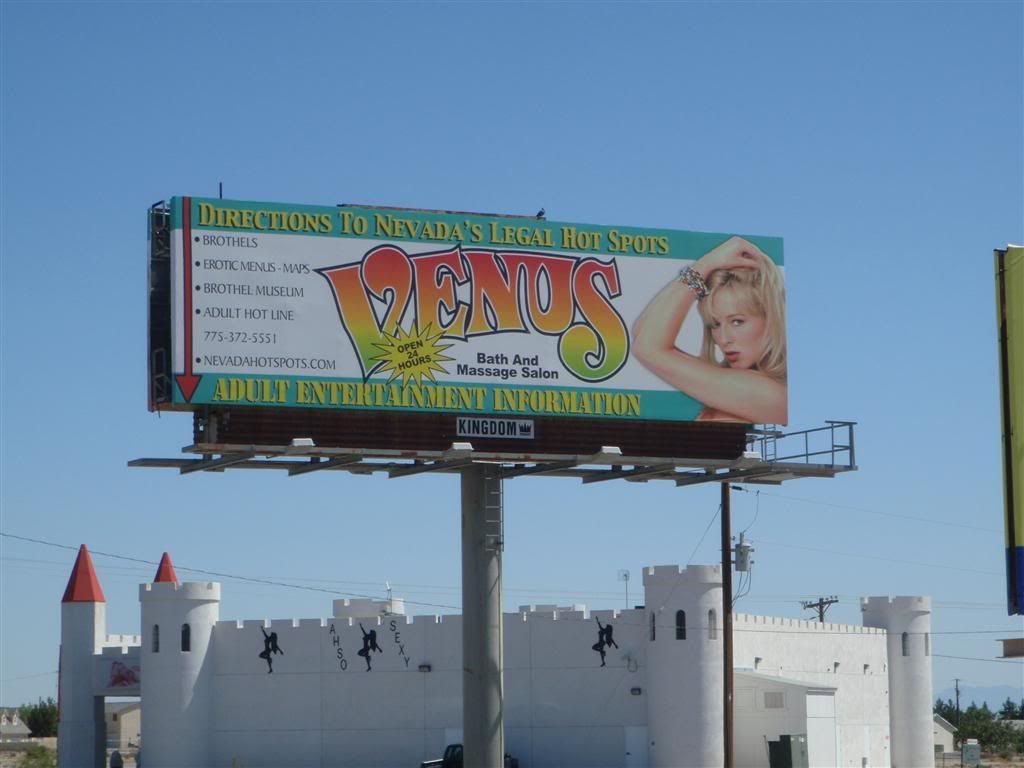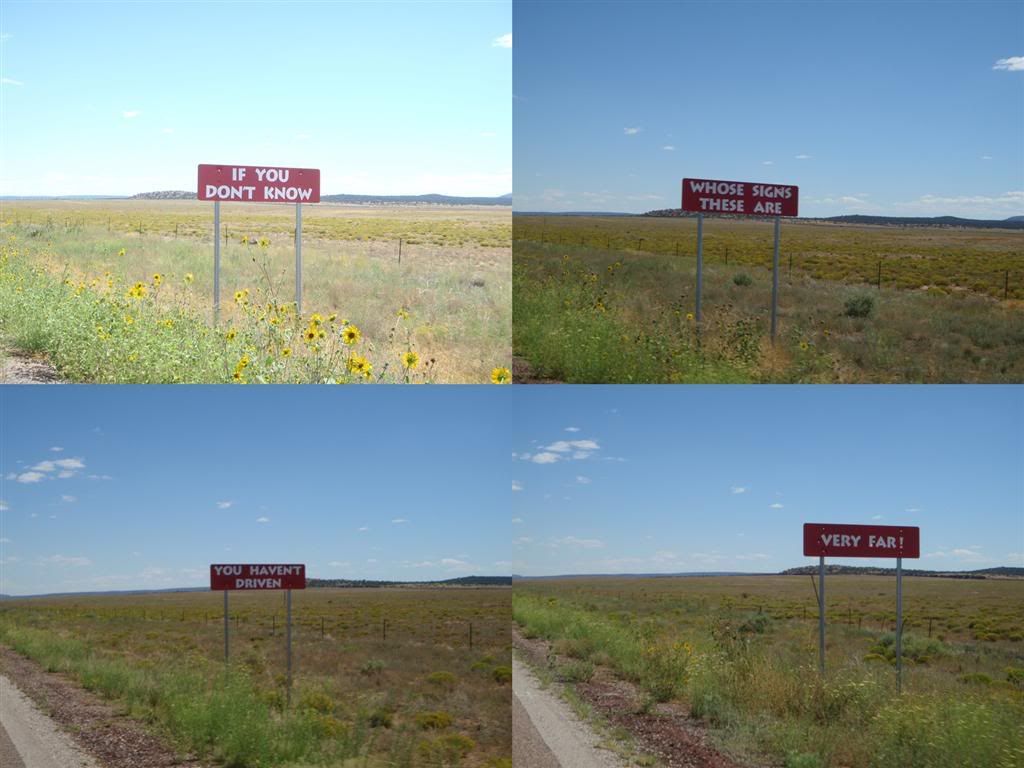After a very botched attempt at meeting up with my friend Siren, I was left in downtown Monteray with a rapidly setting sun. A glance at the GPS revealed civilization for quite a ways in any direction, and by my best guesses, I had maybe 45 minutes worth of daylight left. Fantastic, trying to stealth camp in the dark again.
Stealth camping when it's dark is 50x harder then camping when it's still light out. In addition to the questions of safety, and just being able to see someplace to set up, there's the always questionable issue of legality, trespassing, and making sure you can't be seen. I was in no mind to pay for someplace to camp, but google maps did show Los Padres National Forest, about 50 miles to the south. Back-country camping is usually permitted in any national forest/BLM land as long as you follow some guidelines, so in that direction I headed. At least being on National land removed me from the biggest issues of legality, but I'd still have to find somewhere to set up.
I headed inland through Carmel Valley, and eventually tracked down some road that looked like it would dead end deep into the forest. It was a VERY twisted dirt road that seemed to wind up some obscenely steep grades, but just how high I was getting was impossible to tell on a dark, cloudy night. Once I saw the always-welcoming National Forest sign, I started looking for someplace to camp.
As luck would have it, I came across what looked to be a self-service campground! Hooray! Toilets and things! The place seemed to be totally empty, and the little info sign didn't even have one of those self-service pay boxes. It appears that this campsite was free, which is the best sort of campsite for a cheapass like me. I set up the tent in the light of the bike's headlight, and went to sleep.
The next morning allowed me to take stock of where I was.

Yup, the whole campsite was completely empty. It was a primitive site, no running water, and only pit toilets, but that was all fine by me. And hey, the desolation and emptiness meant that I didn't have to bother getting dressed when wandering across the campground for my morning pee.
Heading down out of the forest, it was apparent just how high up I'd come

The road looked to have been graded VERY recently, so while it was free of potholes, it was fairly loose and really steep in places. Most of the time was spend in 1st and 2nd gear, engine braking the whole time.


This would have been awesome on a dirt bike or even a supermotard.
My goal for the day was to get across the central valley, into the Sierra Nevada mountains, and later in the week Death Valley. With that in mind, I headed out of the coastal range and into the flatness that is Central California.

Sometime Mid-day I stopped in some little town that looked like it had been built only for the housing bubble. The whole area was brand-new and nearly empty. It was hot, but I parked the bike next to what little shade I could, and checked up on the internet while waiting for my pizza from a Little Ceasers.

Heading farther east, I passed what looked like an abandoned military base. Looked like it would have been an awesome place for some paintball wars.

I rushed through Fresno (Ohmigawd that place really is the butthole of the state) as the sun was setting, getting to the Sierras just as the light was changing.

I made it to the entrance gate at Giant Sequoia National Park about half an hour after sunset, and inquired about camping rates in the park. Most of the campsites were full, the rangers said, that the ones that still had spaces were upwards of $20 for a night. Goddamit, would I be camping if I was made of that kind of money?
Anyway, I turned back through the little town that bordered it, and started looking for someplace to camp. Stealthing it probably wasn't an option anymore; everything was fenced, there were houses everywhere, and it was quite dark. I asked in at some of the motels, but NOTHING was cheaper then $80 a night. I finally made do with a state park campground for $12. I rolled in well after dark and set up in the completely deserted half of the place. The southern portion of the grounds had full hookups and were PACKED with R/Vs, but the no-services north side was totally empty. If I'm going to pay for someplace, there isn't much more I could ask for. Showers, fresh water, and no one else around.

I packed up my things, took a shower, and headed off into the Giant Sequoia National Park.

The road going through the park was wonderfully twisted, although there was too much traffic to really make much use of it. 50 years ago, there was a small town up here, complete with gas stations, hotels, restaurants and everything. But sometime in the 70s, the park service went on an aggressive campaign to remove things like that from inside the parks, and return as much of them to nature as possible. The few buildings that remained were moved and altered to have minimal of an impact on the surrounding ecology. Now all that remains is an information visitor's center.

While the Coastal Redwoods are the tallest trees in the world, and the Bristle-cone Pine the oldest, the Giant Sequoia is the largest, in terms of shear bulk. The current world-record holding tree, nicknamed General Sherman, contains 52,584 feet of wood in it's enormous trunk.

Unlike the record-holding Coastal Redwoods, of which the specific location of the tallest tree is kept secret for fear of damage from tourism, the largest Sequoias are well-marked. And with that identification does come comical hoards of tourists, all jostling and taking turns getting their picture taken in front of the tree.

Bleh. This wasn't why I came to the forest. I didn't even bother trying to get my picture taken, and headed off to what on the map appeared to be a more secluded grove of trees, a couple of miles away.

It was a nice walk through the forest, and even though it was a beautiful clear day, 95% of the people in the park seemed to congregate at the record-holding trees. I now understood the reasons for keeping the location of the tallest Coastal Redwood a secret; to really enjoy this place, you need to respect all of the trees, not the few specifically gargantuan ones. Even the smaller trees dwarf everything around them, again giving a real problem getting an idea of scale.

Giant Sequoias need a lot of water to grow, so they'll often be found surrounding low-laying marshy areas where water collects, or near slow-moving rivers and streams. Even viewing them from this distance, across this marsh, they seem like any other tree. But getting up close makes it hard to fit their size into your head.


The only way is to take pictures of other people, next to the trees from a distance. You see that little yellow dot at the base of the tree? View the image full-size, that's a guy and his family. These trees are BIG.
Even though California has a habit of lighting itself on fire pretty frequently, once these trees get of size, fire doesn't affect them much anymore. Their bark is VERY thick, and wet, with very little oils, and serves as a perfect insulator. And their branches are so far above the ground that the flames can't get anywhere near them. In fact, the trees NEED the fires to reach their size; the fires kill off scrub brush and smaller plants that compete with the trees for water, and the ashes form a nutrient-rich addition to the soil.
Any damage that the trees do sustain from fire are quickly healed, with the bark growing over the scars.

Again, scale.

Note the silhouette of the person at the base of the trunk.
These parks really did turn me into a dirty, tree-loving hippy.

But how could I not be, after trees like this?
For those interested in continuity, the next entry would be here: http://vagrantbiker.blogspot.com/2009/08/riding-through-death-valley.html




























































